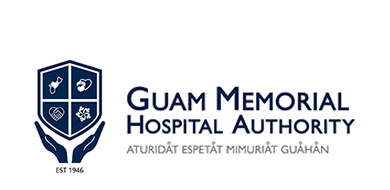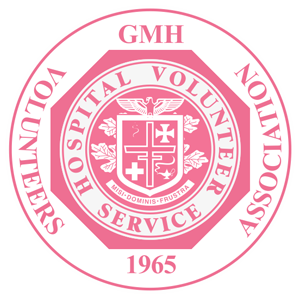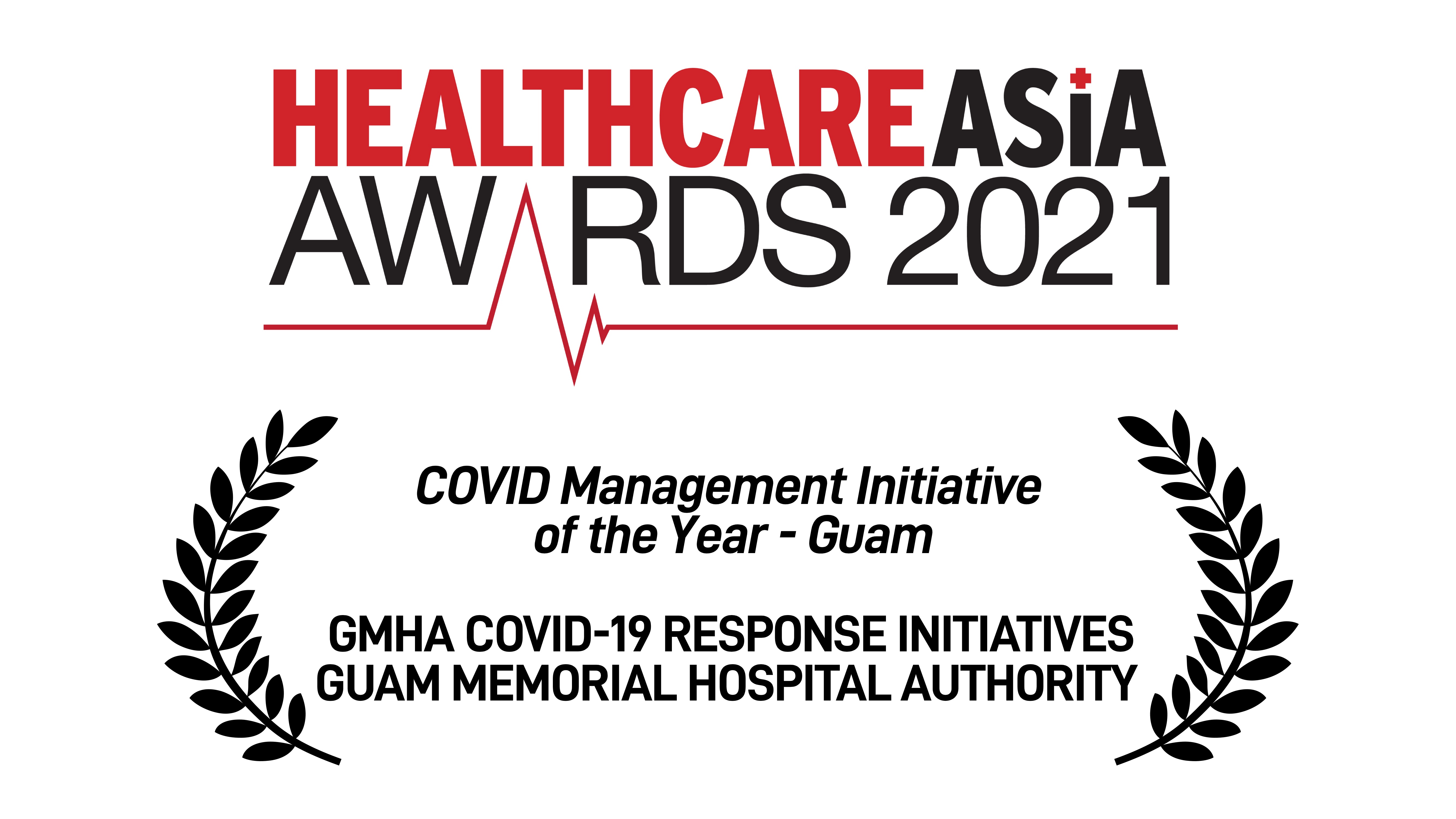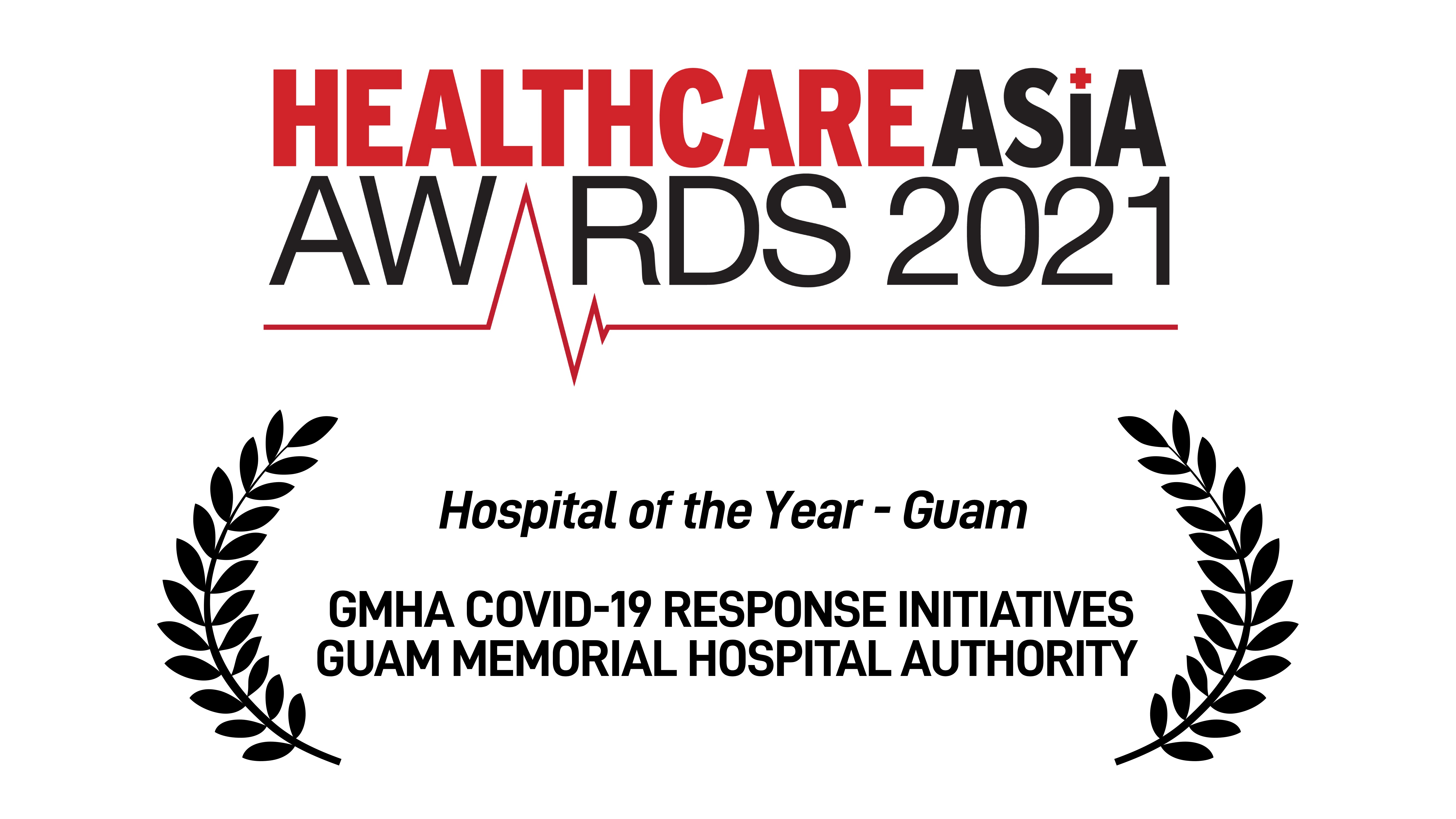1946
Meaning Behind Our Name
After World War II, care of the civilian population was taken over by the U.S. Navy and temporary hospitals were established in the villages of Agat and Anigua. A few years later, the civilian and military wards were moved to Butler Buildings in Tamuning. The civilian ward was renamed to the “Guam Memorial Hospital” in honor of the Chamorros who suffered for their support of the United States during the war.
1950
A U.S. Territory
Following the passage of the Organic Act which established Guam as a U.S. territory, the newly formed Government of Guam assumed administration and operation of the Guam Memorial Hospital.
1956
Construction Complete
Guam Memorial Hospital was constructed with reinforced concrete at Oka Point, Tamuning and donated to the Government of Guam’s Department of Public Health and Welfare. This was a 230-bed accredited hospital which offered acute, psychiatric and long-term care services. The hospital was primarily constructed to house a nursing school and tuberculosis patients of the 1950s.
1965
Pink Ladies
The Guam Memorial Hospital Volunteers Association (GMHVA) was established as a nonprofit organization for charitable purposes and to work in partnership with the Guam Memorial Hospital Authority in rendering voluntary services to hospital patients, families, and visitors; and to engage in fundraising activities, grants, donations, and bequests to help improve quality healthcare at the GMH. They are now commonly referred to as the “Pink Ladies.”
1977
Public Corporation
The Guam Memorial Hospital Authority was created as a public corporation and has since been operating as a governmental, nonprofit institution serving the people of Guam under the governance of a nine-member Board of Trustees.
1978
A Milestone in Guam’s Healthcare
To address the challenges posed by the aging Guam Memorial Hospital facility, collaborative efforts between local and federal governments led to a transformative solution. The U.S. Department of the Interior acquired the nearby Medical Center of the Marianas and transferred ownership to the Government of Guam.
1982
A New Hospital for Guam
A new Guam Memorial Hospital building was constructed in 1982, also located at Oka Point. The new hospital was built on the site of the Medical Center of the Marianas, a Catholic hospital that was sold to the government of Guam by the Archdiocese of Agaña in 1978. The wing was originally used as housing for nurses but housed administrative services for the hospital before it was shuttered in 2015 over concerns about the structural integrity of the building
1991
Constantly Improving
The Guam Memorial Hospital completed the first phase of its capital improvement program to include a new Hemodialysis Unit; an expanded kitchen for preparing in-patient meals; new maintenance shops; as well as procurement offices and a warehouse for hospital supplies.
1996
Skilled Nursing Facility
GMH has added a variety of services to their operation: adult and pediatric medical services; in-patient and out-patient surgery; intensive care (neonatal, pediatric, and adult); skilled nursing care; laboratory and comprehensive blood bank services; radiology, nuclear medicine and CT scan diagnostic services; pharmacy; respiratory care; renal dialysis; physical, occupational, speech language pathology and recreational therapy; dietetic services and 24 hour emergency services. Public and patient education, social services, and pastoral care services were offered. The Guam Memorial Hospital Authority also completed the construction of its Skilled Nursing Facility in Barrigada Heights, with a capacity of 60 long-term care beds. The Skilled Nursing Unit moved to its new facility at 30 beds in 1999.
2001
Expansion
GMH has been growing with new services being introduced including: Cath lab services; cardiology; thallium stress imaging; transesophageal echocardiography; a state-of-the-art Cardiac Angiography suite; a “rooming-in” program where all well newborns were able to go directly to the mother’s room to allow for immediate bonding; tele-medicine became available to consult with specialists off-island; Orthopedic Program expanded to include elective hip and knee joint replacements.
2002
GMHA Achieves CMS Accreditation
GMHA was certified by the Center for Medicare & Medicaid Services (CMS). The Blood Bank was still accredited by the American Association of Blood Banks (AABB), and the mammography machine was still certified by American College of Radiology. Cardiac rehabilitation service was added for patients with pre-op and post-op care in both in-patient and out-patient settings. This aims to provide both preventative and wellness programs and encompasses all phases of acute cardiac rehabilitation. Radiology Department is almost complete in its transformation to a film-less department. All images, including CT, ultrasound, angiography, and echocardiography may be transmitted immediately to any major healthcare institution in Hawaii or the mainland. Orthopedic Program expanded to include shoulder replacements.
2005
Open Heart
Open heart surgeries were performed at the Guam Memorial Hospital for the first time by cardiothoracic surgeon, Dr. Noel Concepcion, and his team from California.
2014
St. Luke’s Medical Center
On August 21, 2014, an MOU was signed with St. Luke’s Medical Center, which allowed referrals of patients and exchange of medical specialists.
2015
Capital Improvement Projects
- Urgent Care Unit Renovation and Start Up Project
- Medical Telemetry Room Upgrade
2016 CIP
- Hospital Vertical Elevators Modernization Project
2017 CIP
- Telemetry and Pediatric Patient Monitoring System Upgrade
2018 CIP
- Design-Build Hospital Rooftop Solar Photovoltaics (PV) System
- Remove/Replace OB Ward, L&D, and Nursery Nurse Call/Code 72 System
2019 CIP
- New 64-Slice CT Scanners Remove/Replace Upgrade
- Main Lobby & Rehabilitative Services HVAC AHU Remove/Replace Project
- Energy Efficient Hospital Perimeter and Parking Lot Lighting Project
2020
COVID-19
The global coronavirus arrived on Guam. Governor Lou Leon Guerrero designated the Guam Memorial Hospital as the island’s COVID hospital to assess and treat COVID-19 patients. The Skilled Nursing Unit was designated as a COVID Isolation Facility. The U.S. Army Corps of Engineers issued its report after inspection of GMH for structural integrity and to estimate costs associated with repair or replacement with a new building.
2022
2022
Z-Wing, the last standing portion of the Medical Center of the Marianas, was demolished to extend parking in the new hospital.
2024
Governor Leon Guerrero Secures Land for Construction of New GMHA
By 2020, GMH had outgrown its location at Ypao Point. The building was falling into an advance state of disrepair that caused concern in the community. Governor Lourdes Leon Guerrero, Guam’s first female governor, secured land in Mangilao to construct a new GMG. The goal is to create a Medical Campus for Guam that would include GMH, Guam Department of Public Health and Social Services, and the Guam Behavioral Health & Wellness Center (formerly the Guam Department of Mental Health and Substance Abuse. Groundbreaking for the new hospital will begin in 2025.






